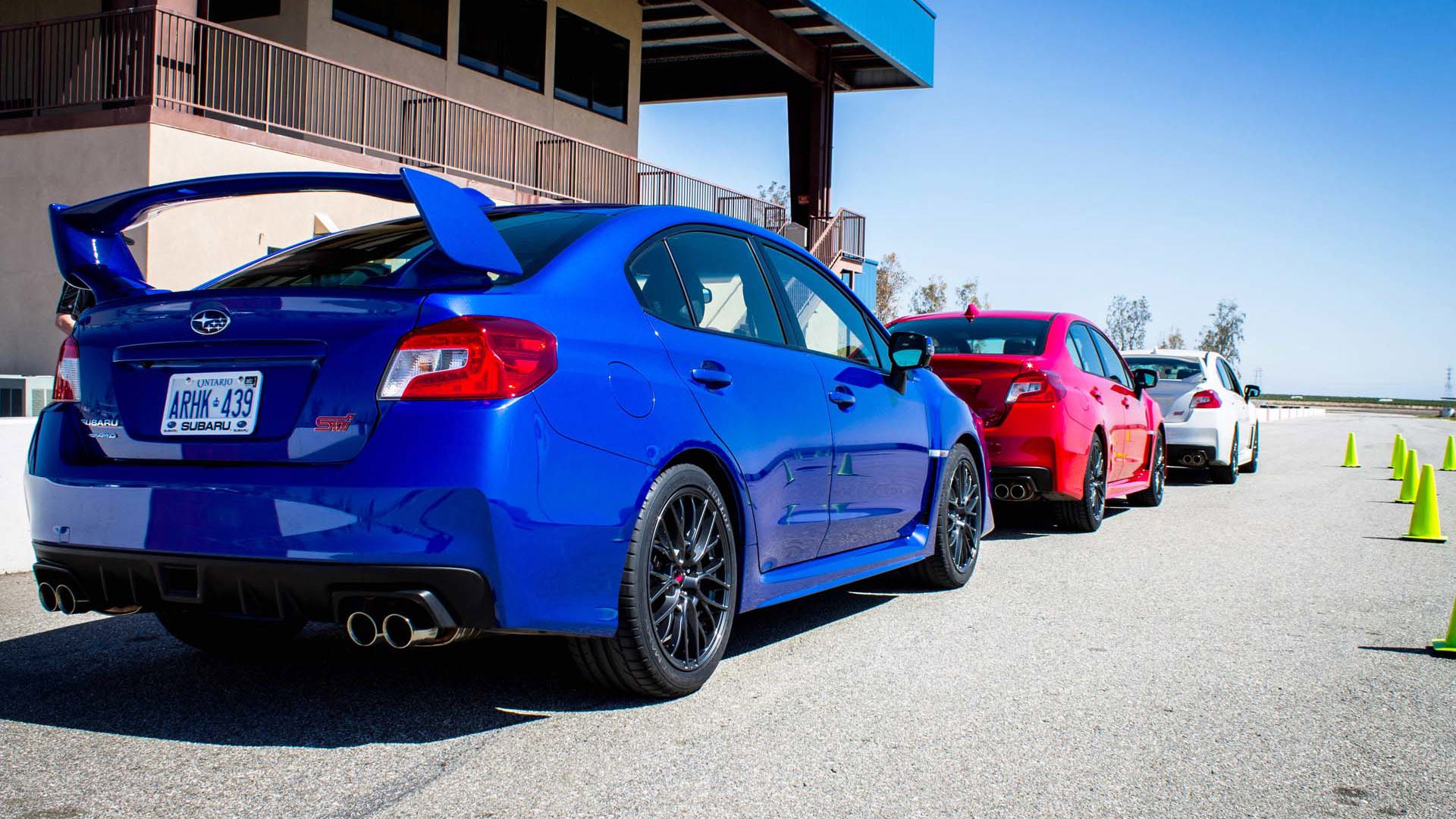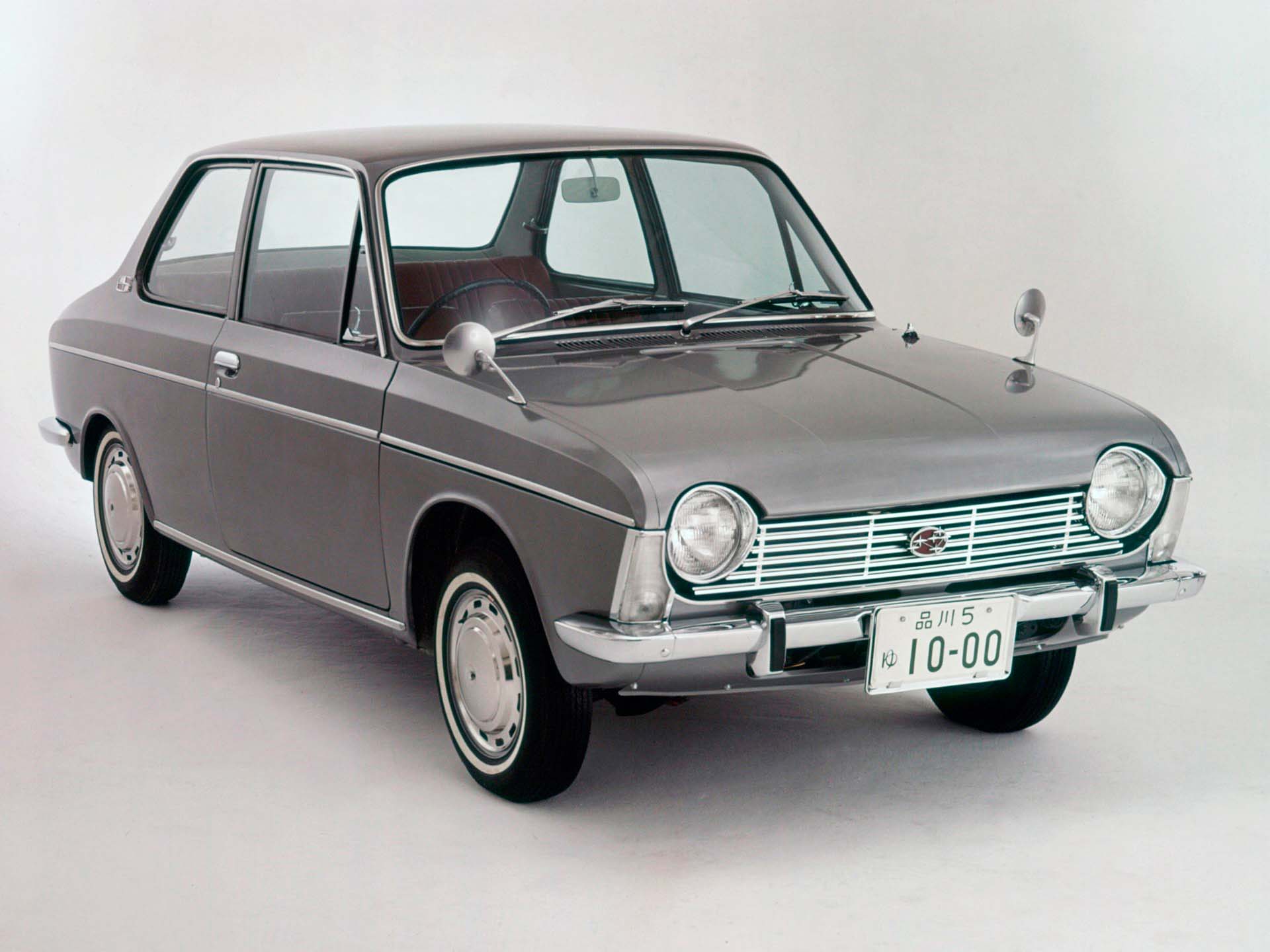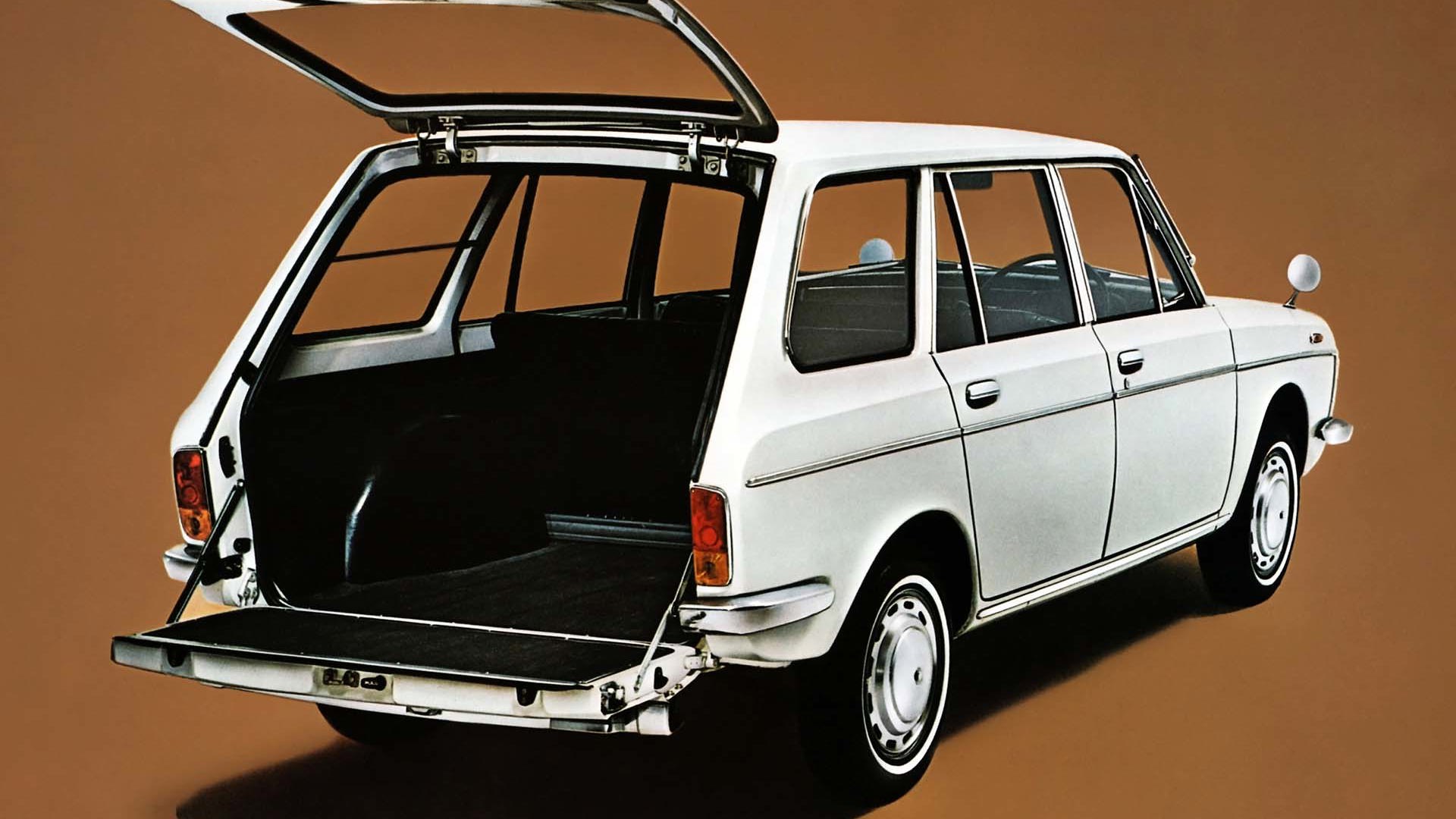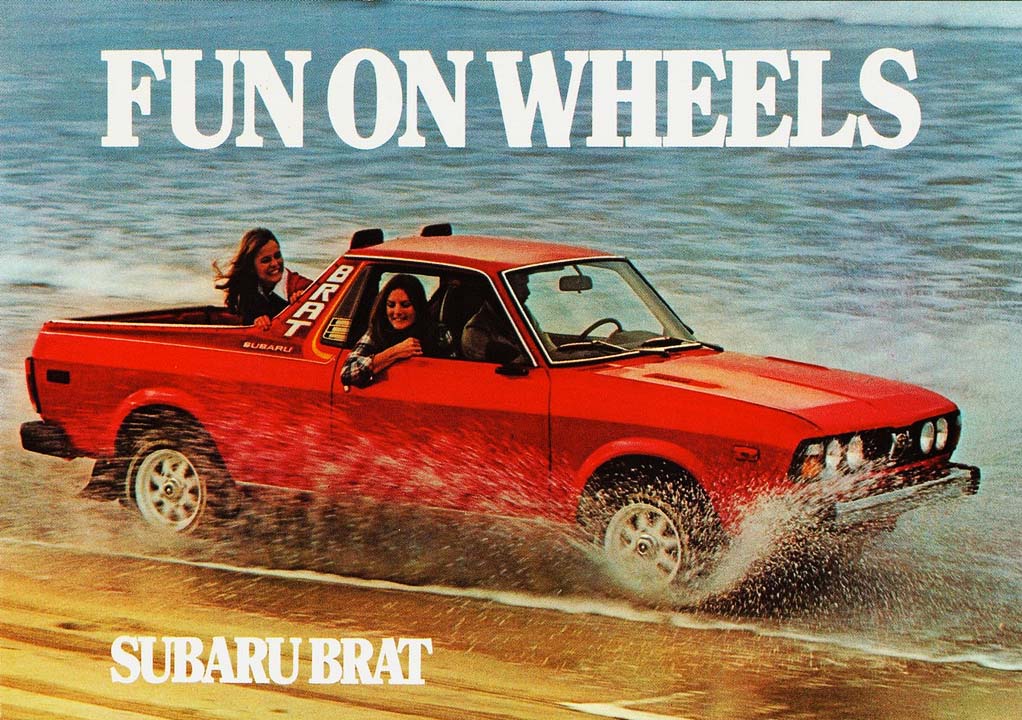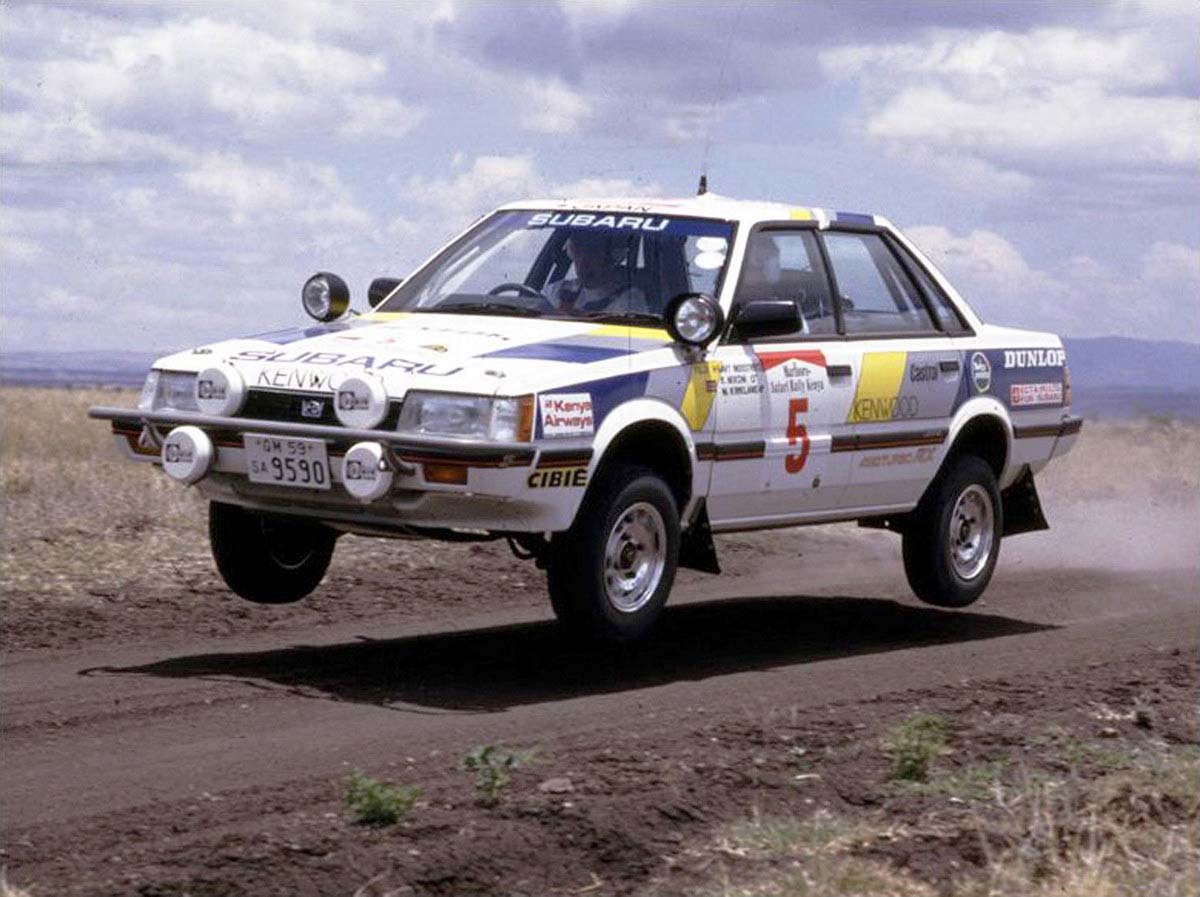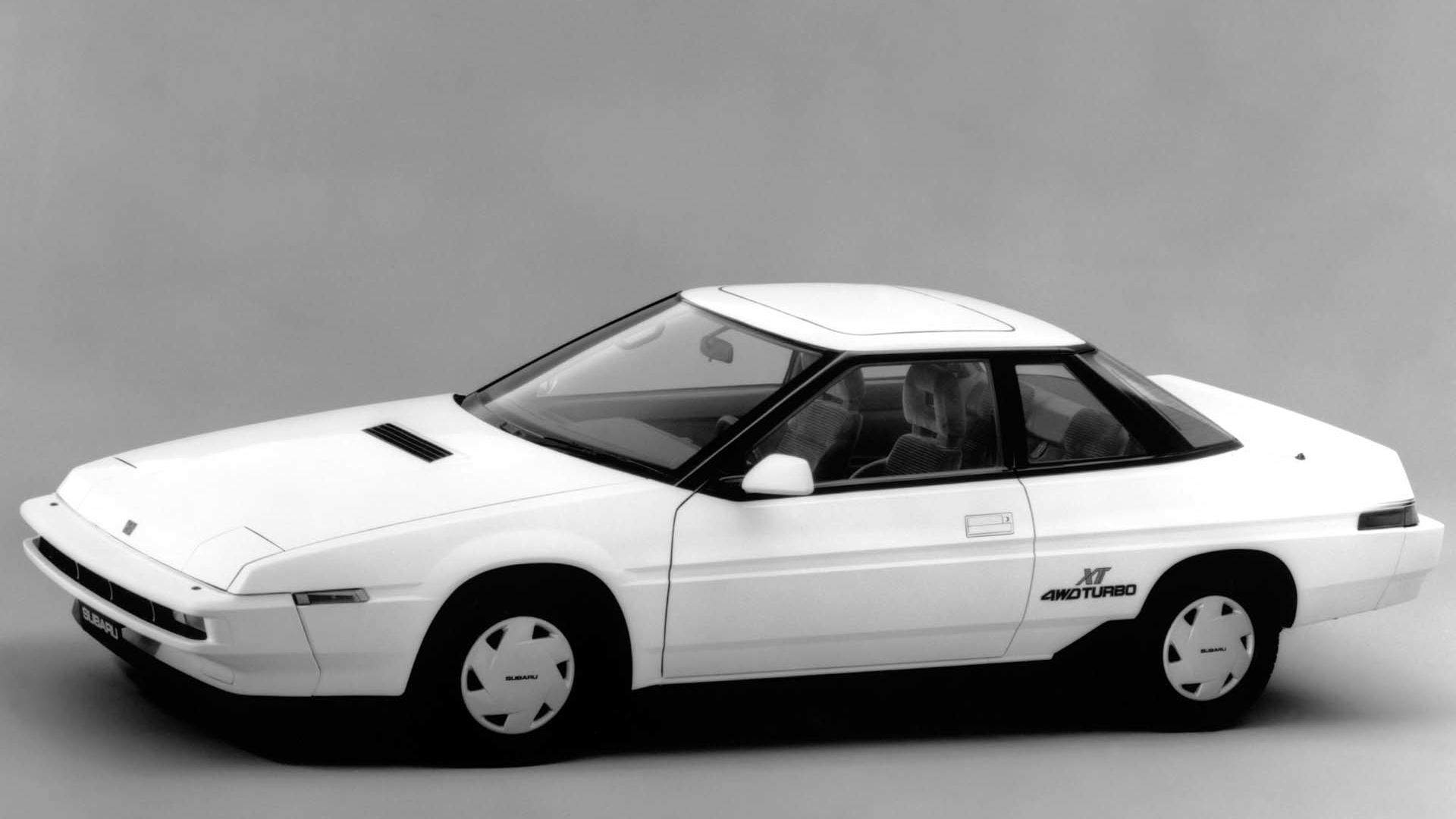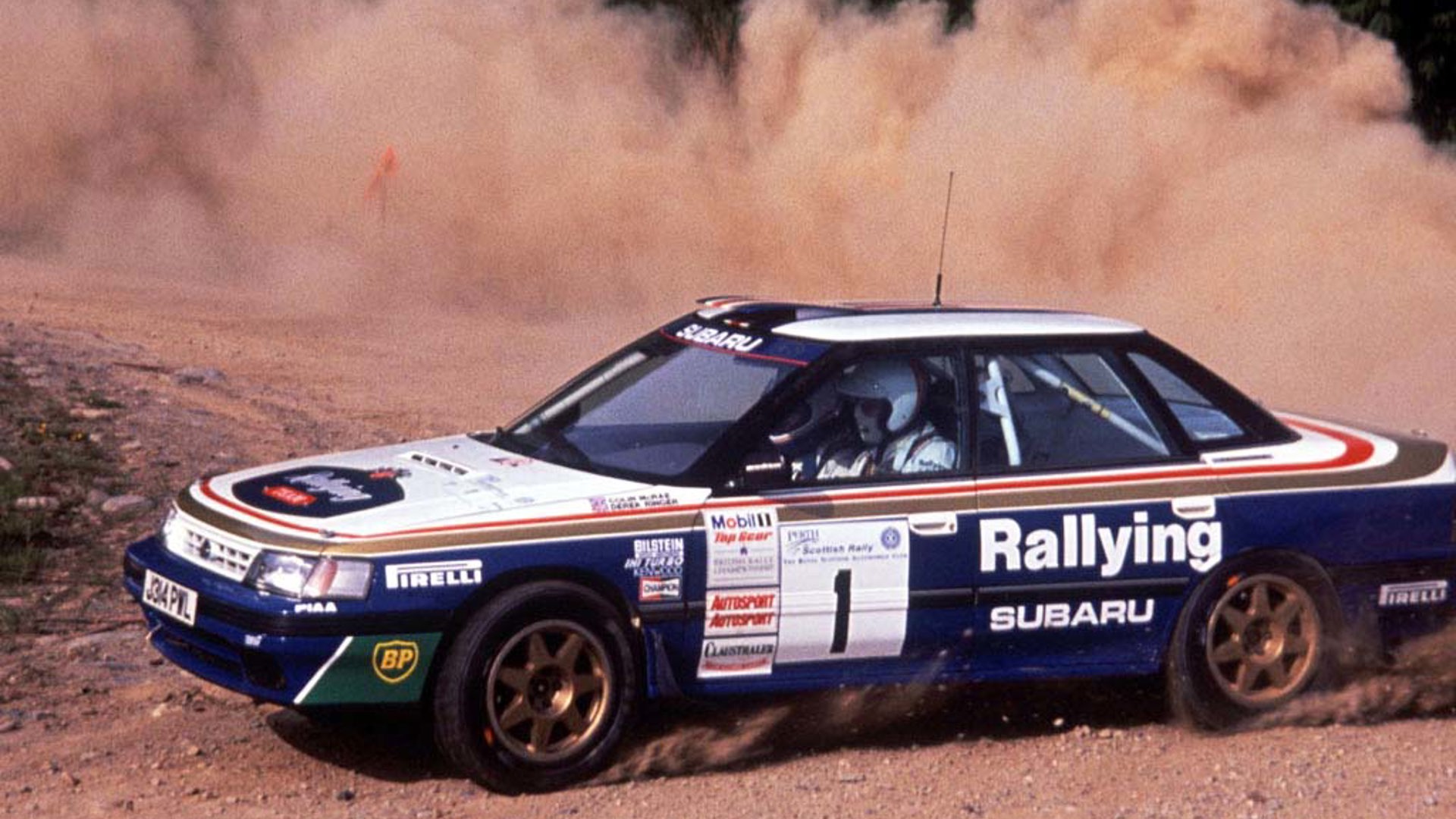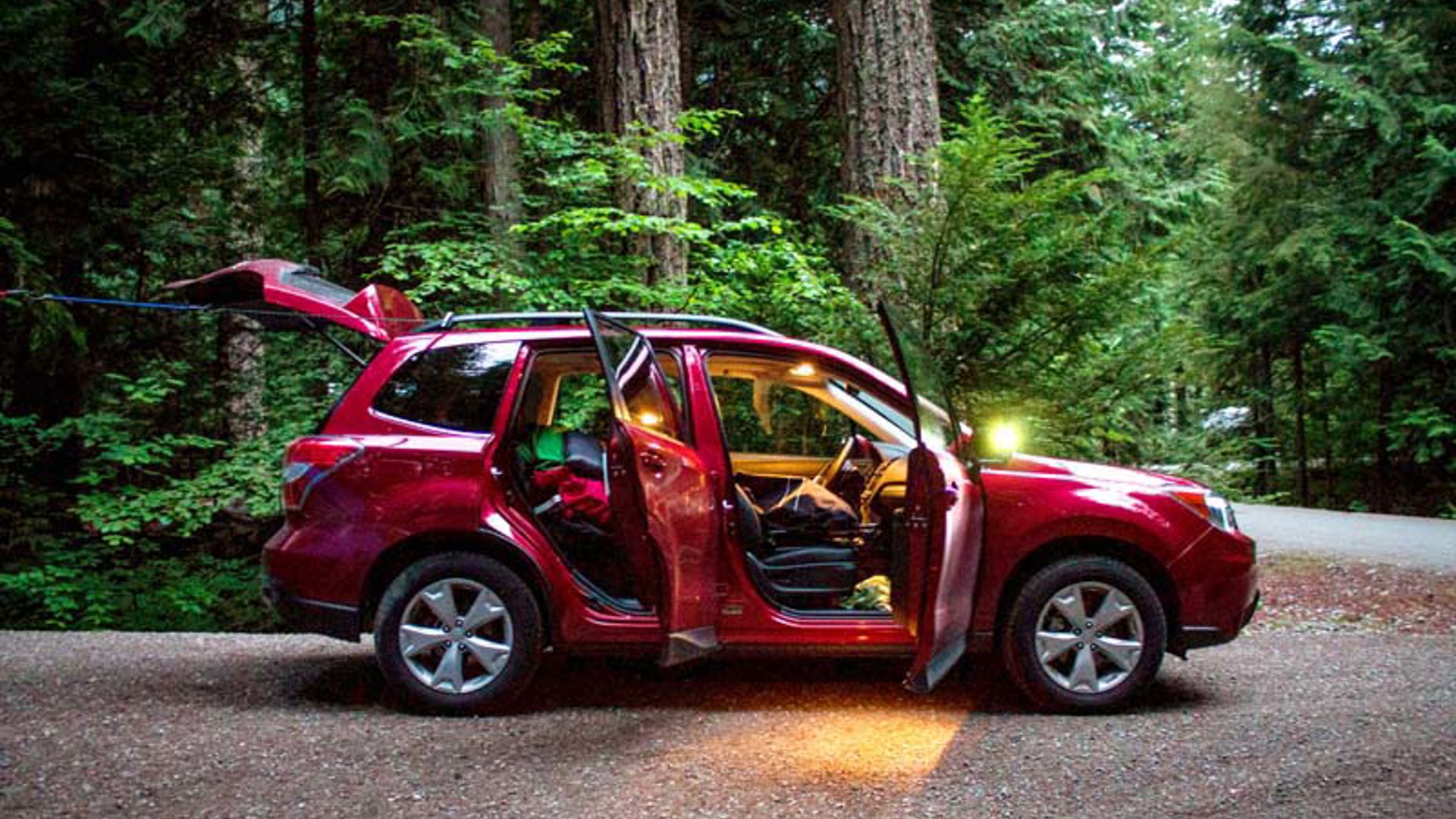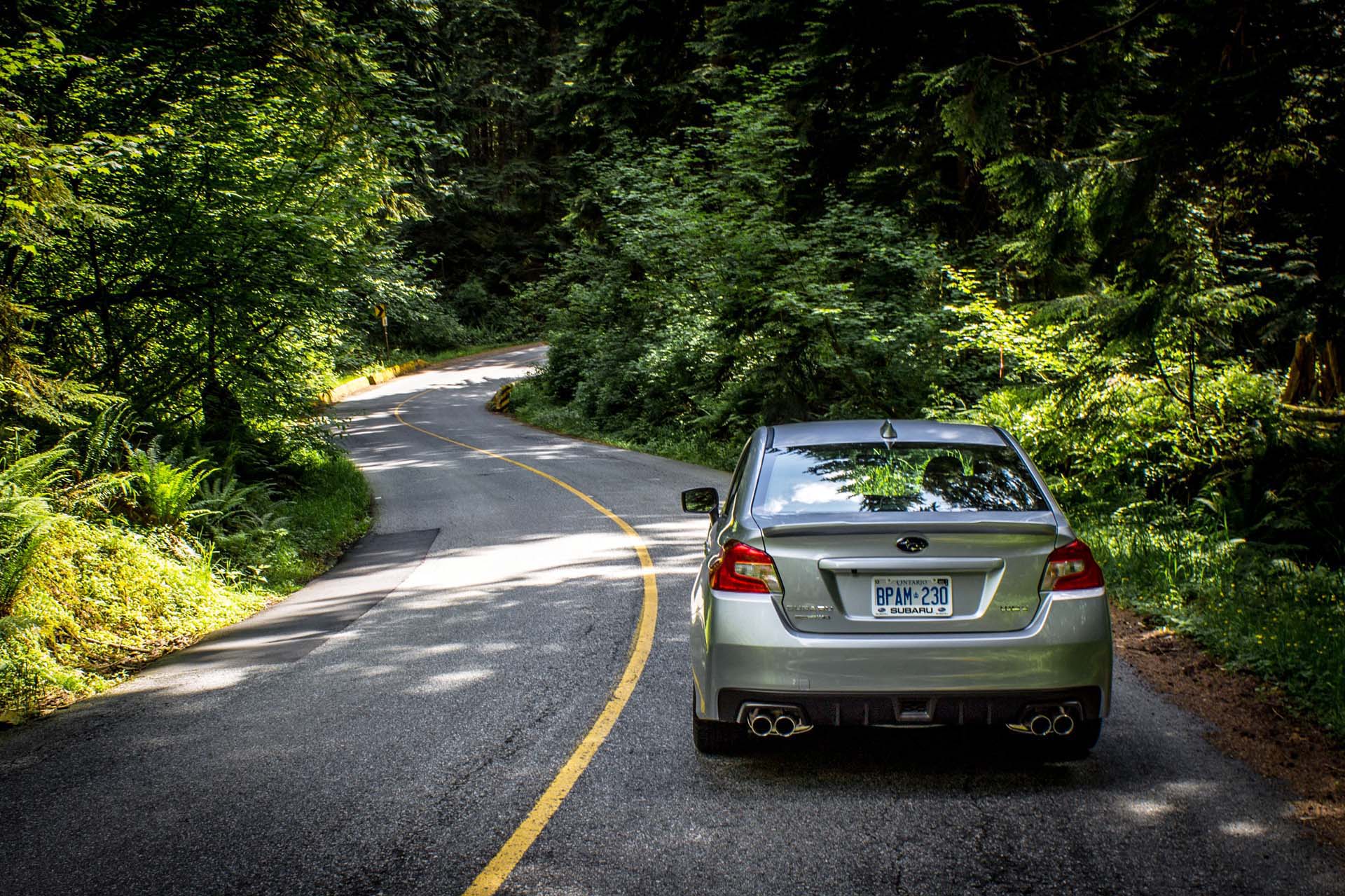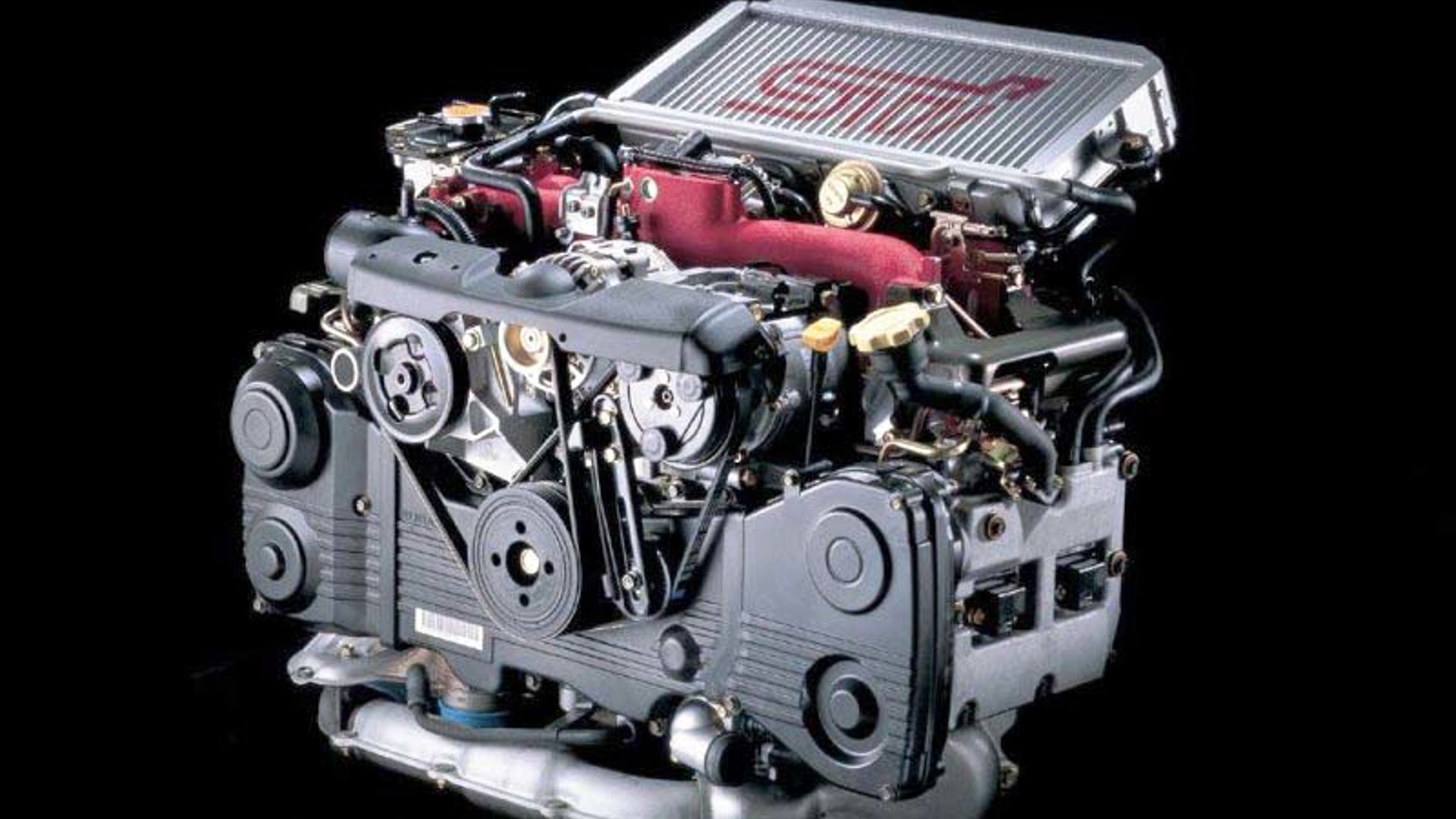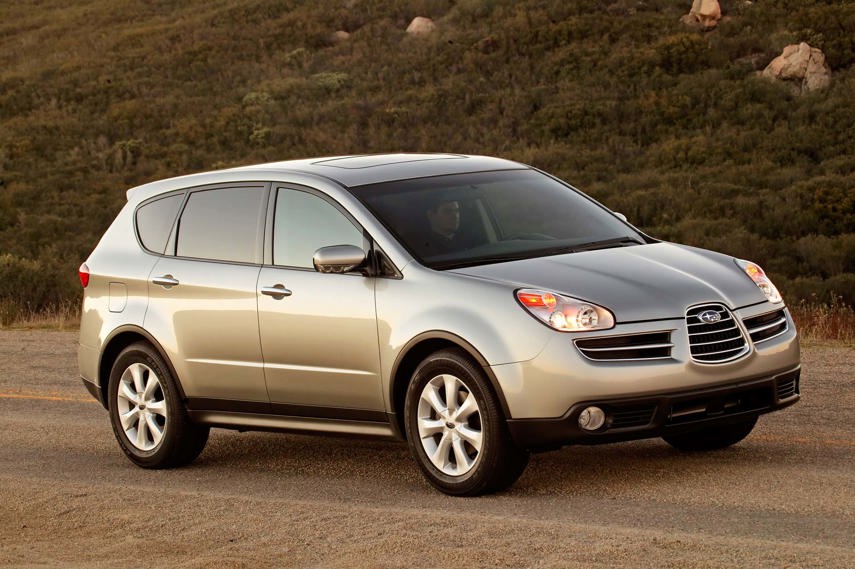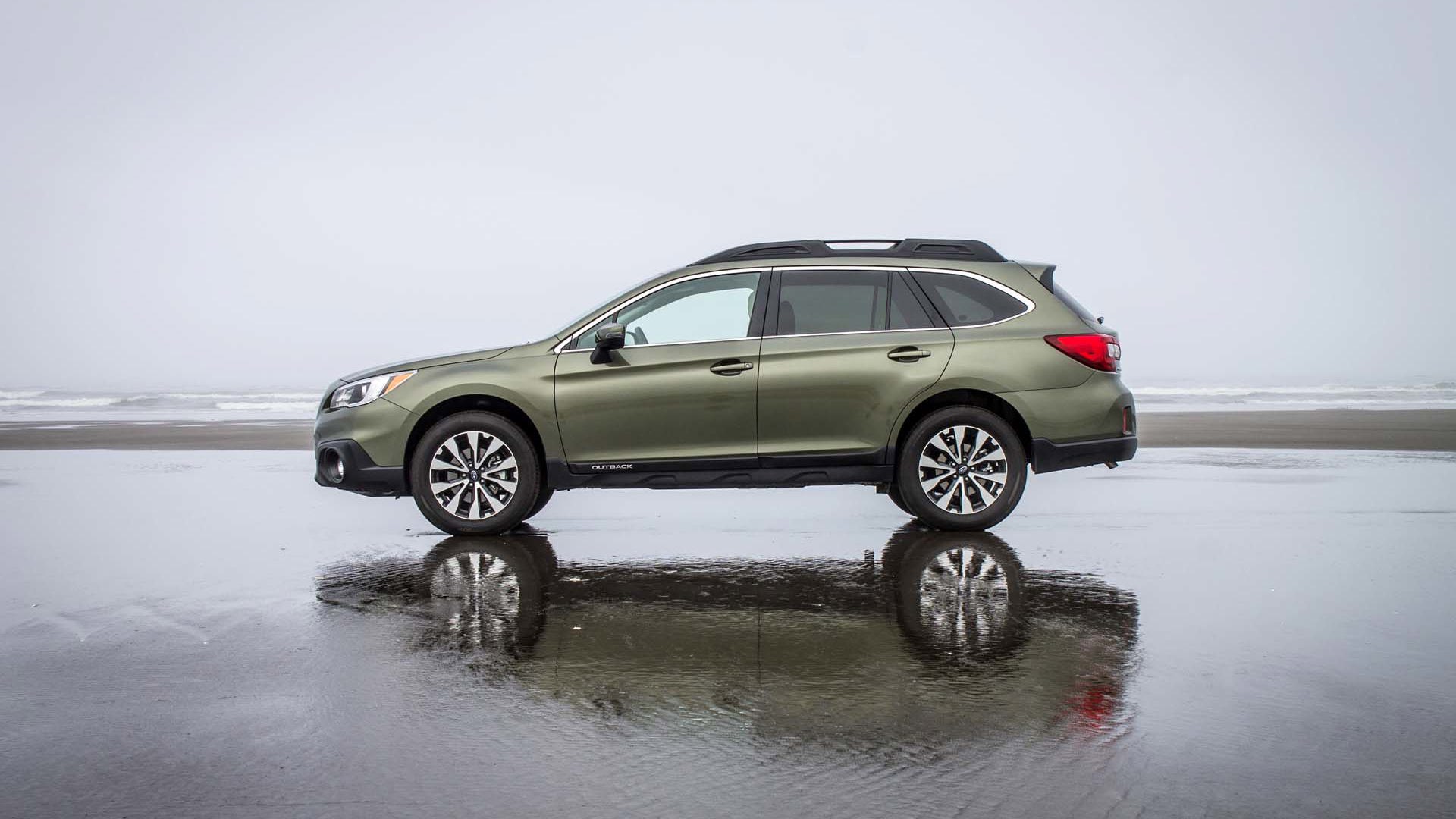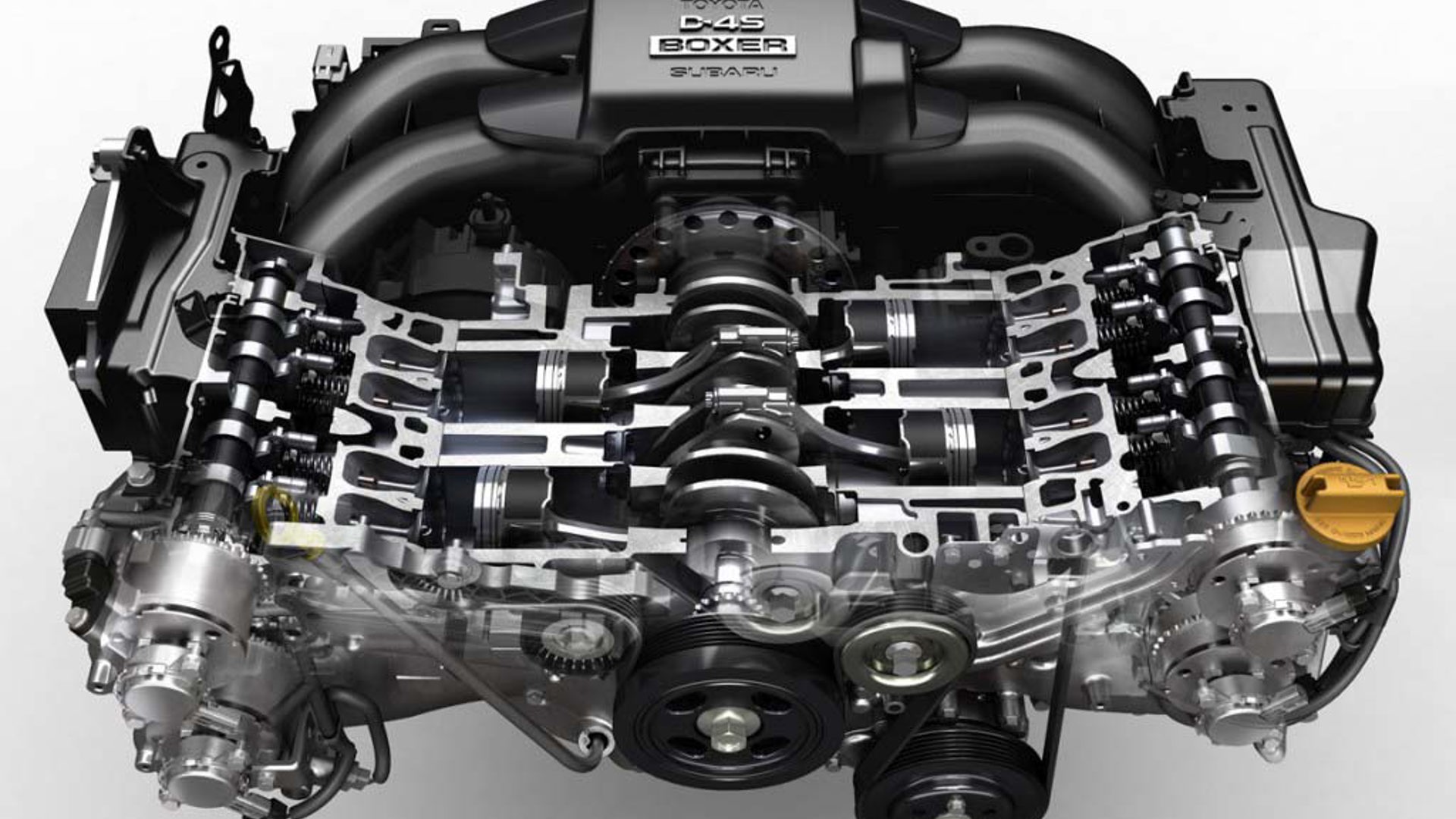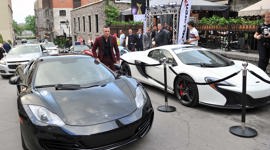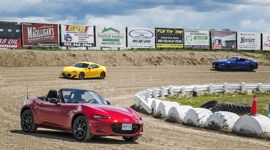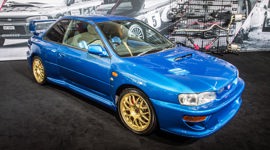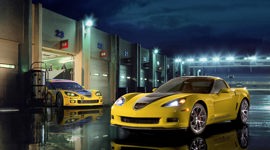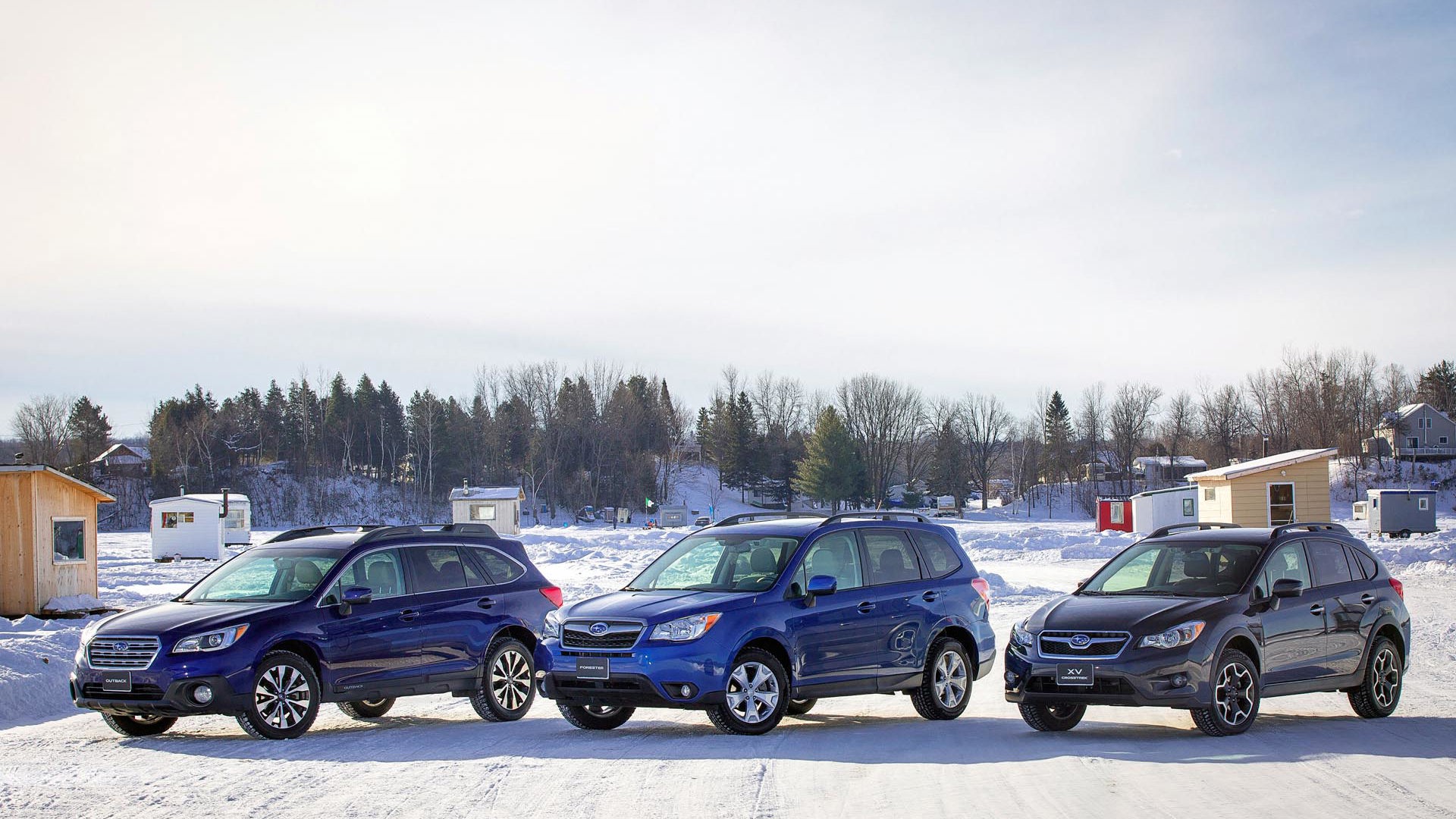The success of Subaru in recent years can be traced to the company's clear, definable quirkiness. All Subarus (except the BRZ) come with both all-wheel drive and either a flat-four or flat-six engine. Does anybody else do horizontally opposed engines? Porsche does. Citroën used to. So did Toyota. Heck, Karl Benz first patented a horizontally opposed cylinder arrangement in 1896.
But while French oddness proved too strange for the North American market and Toyota abandoned variety for the tried-and-tested inline-four, Subaru stuck with the pancake model. And, unlike Porsche, they stuck with it for everything: wagons, SUVs, sports cars. This year marks the fiftieth anniversary since the first Subaru came out with a boxer engine, and it's hard – no, impossible – to imagine the company without it. In fact, the argument could be made that Subaru only exists because of its oddball engines.
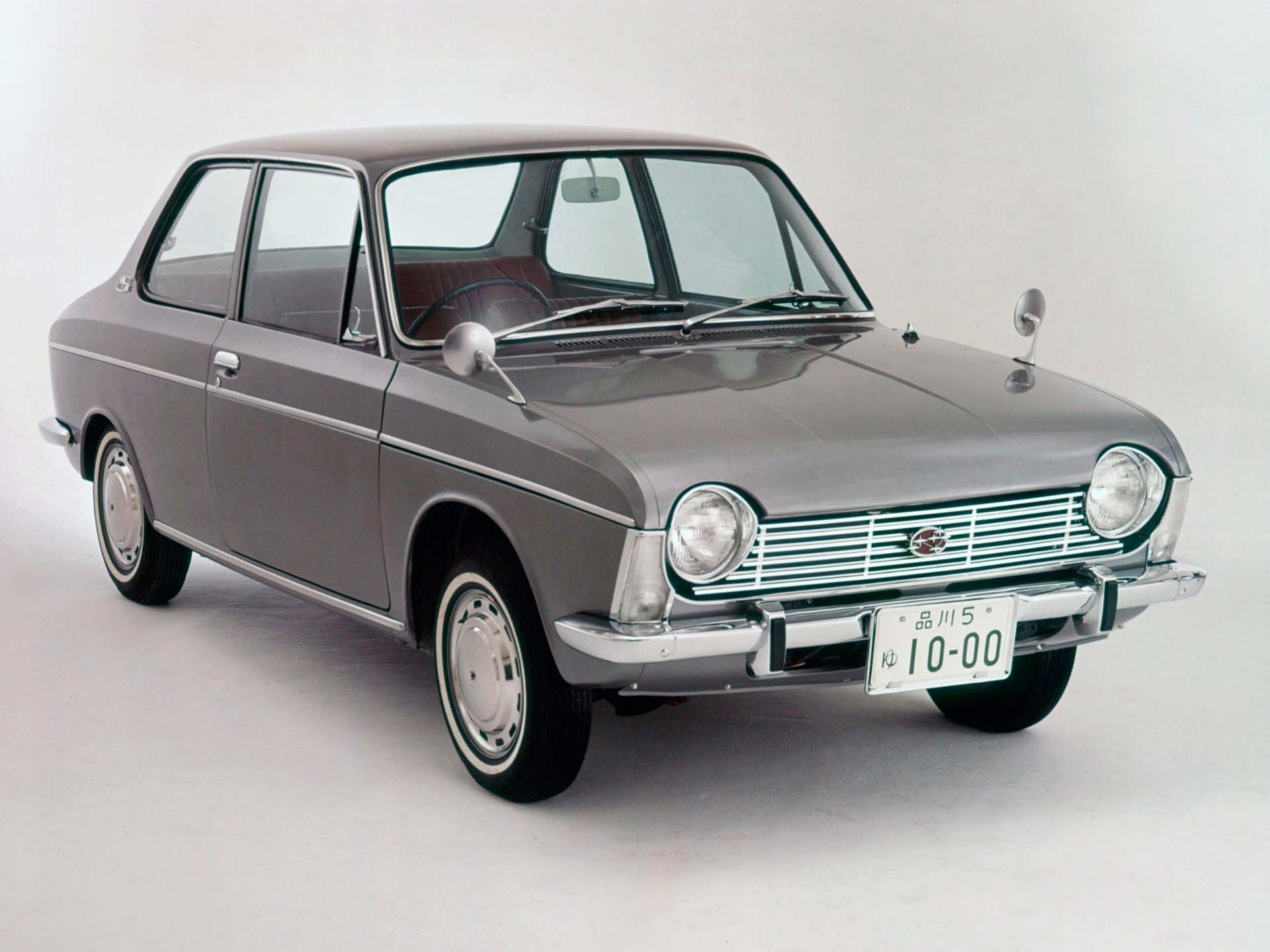
We start in 1966 with the Subaru 1000, a pretty standard-looking little sedan that was nonetheless rather remarkable. As one of the earliest mass-produced front-wheel-drive Japanese cars, it was a milestone. It was also the first Subaru to come with a boxer engine, in this case a compact 1,000 cc engine making around 55 hp.
That's hardly going to appeal to the Colin McRaes in the crowd, but just wait, things get better. The Subaru 1000 led the way by being a properly sized follow-up to the 360 kei car, and a more sensible choice for Japanese families. It was roomier than offerings from Datsun, and sold well.
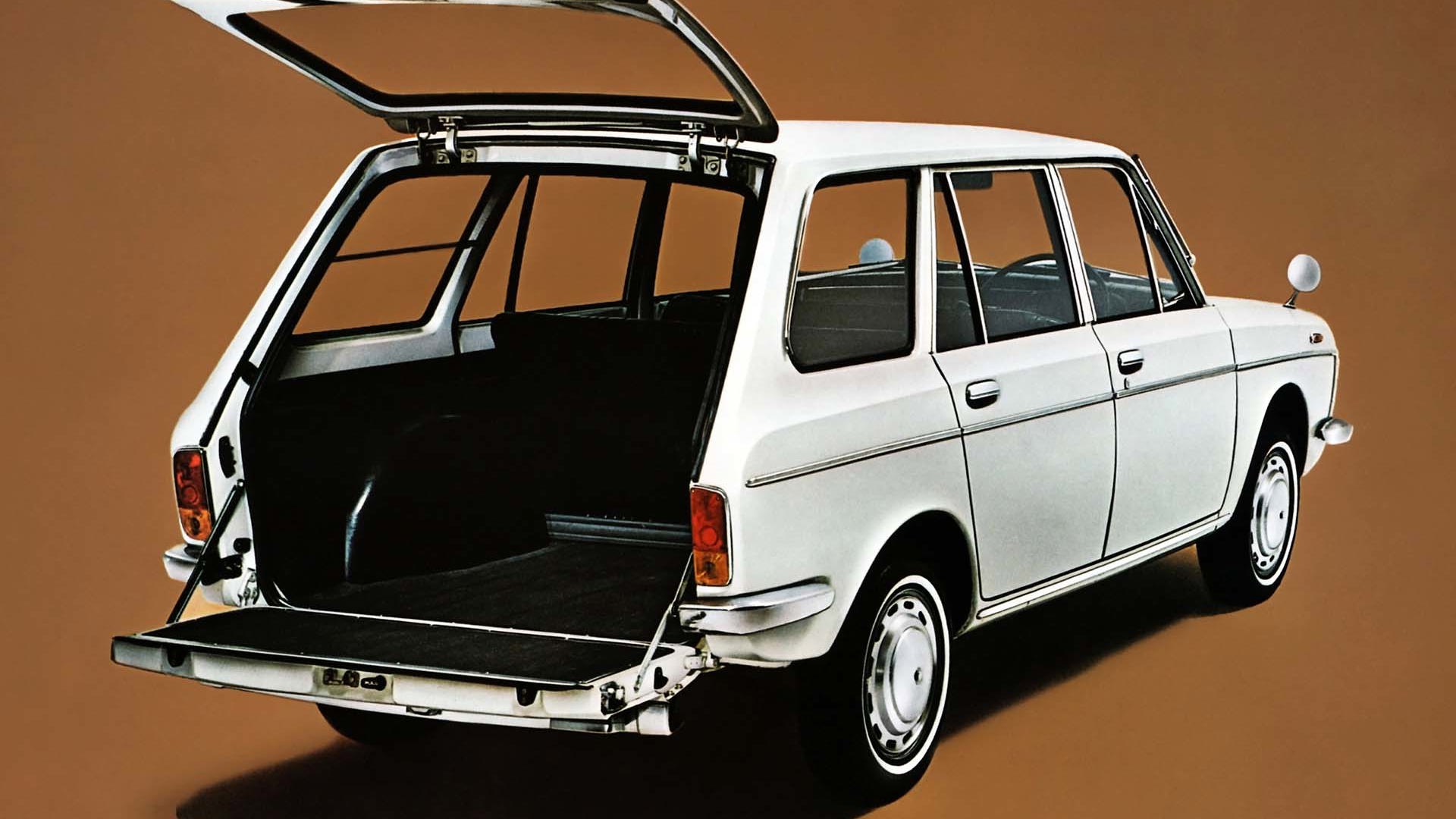
And then, a happy accident, one that created Subaru as we know it. In 1970, the Tohoku Electric Power Company came knocking, asking Subaru to come up with a replacement for the Jeeps (either Land Cruisers or Mitsubishi JHs) used as service vehicles in remote areas. The little 1000 had gained a reputation for good traction in poor weather, thanks to its nose-heavy layout and front-wheel-drive. A local Subaru dealership modified eight 1000 wagons by adding in some bits from a Datsun 510 wagon, and lo, the first boxer-powered, all-wheel-drive Subaru was born, almost by accident.
One of the prototype/custom 1000s made its way to the Subaru head office, where engineers liked it so much they decided to put the idea into production. Subaru's boxer engine ended up causing the company to adopt all-wheel drive, and when the first all-wheel-drive Subarus started showing up in the North American market in the mid-1970s, they were a hit.
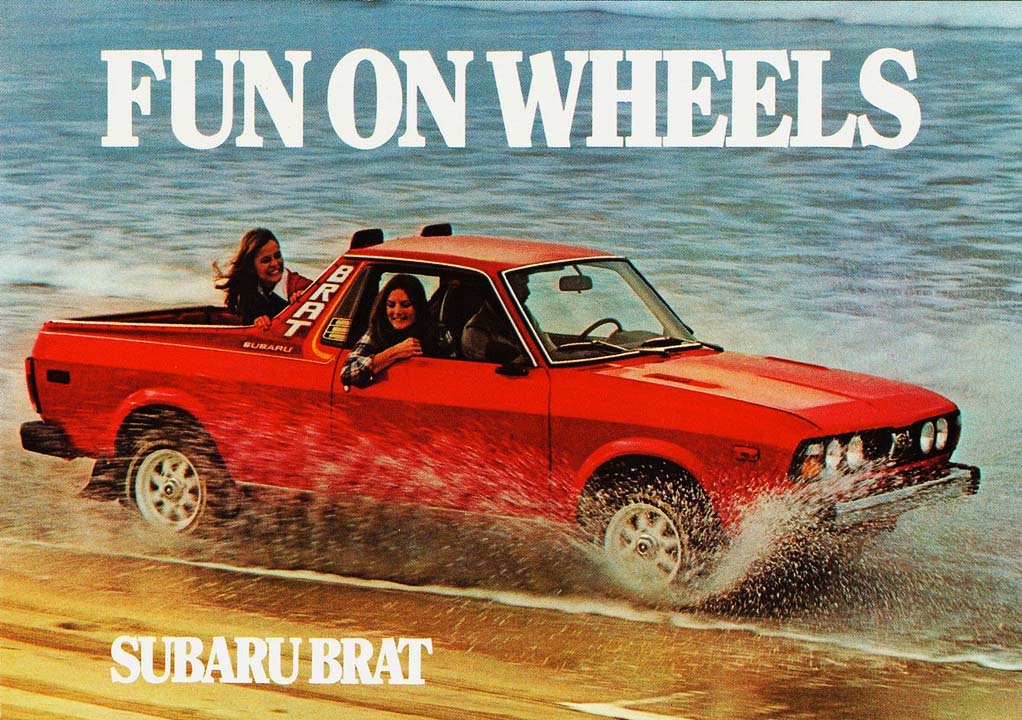
Probably the best-known Subaru from the period is the Subaru Brat. A contemporary of front-wheel-drive mini-pickups like the Dodge Rampage, the Brat got around the so-called 'Chicken Tax' import duties by bolting two hilariously unsafe seats into the pickup bed. Kitted out with orange vinyl graphics, it was pure 1970s fun in the sun.
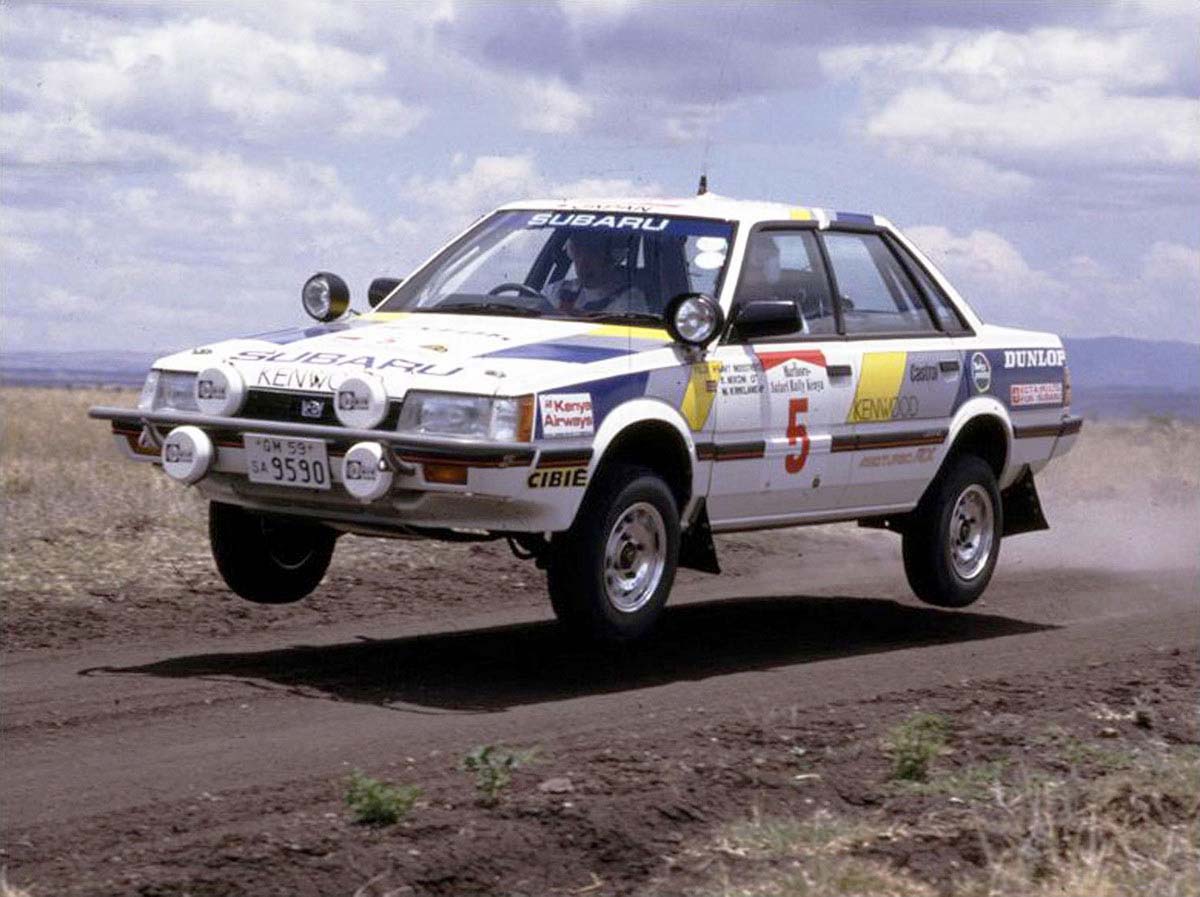
But the boxer engine had a long way to go yet. The first new trait was turbocharging, arriving in 1983 with automatic-only models. Later, the Subaru Leone RX heralded the eventual arrival of the WRX and STI. Hardly anyone remembers this car, but all the essentials are there: a 1.8L turbocharged flat-four, full-time all-wheel drive, and world rally pedigree. Drivers like Ari Vatanen and Per Eklund drove the Leone on the world stage, giving Subaru its first taste of gravel-bound battle.
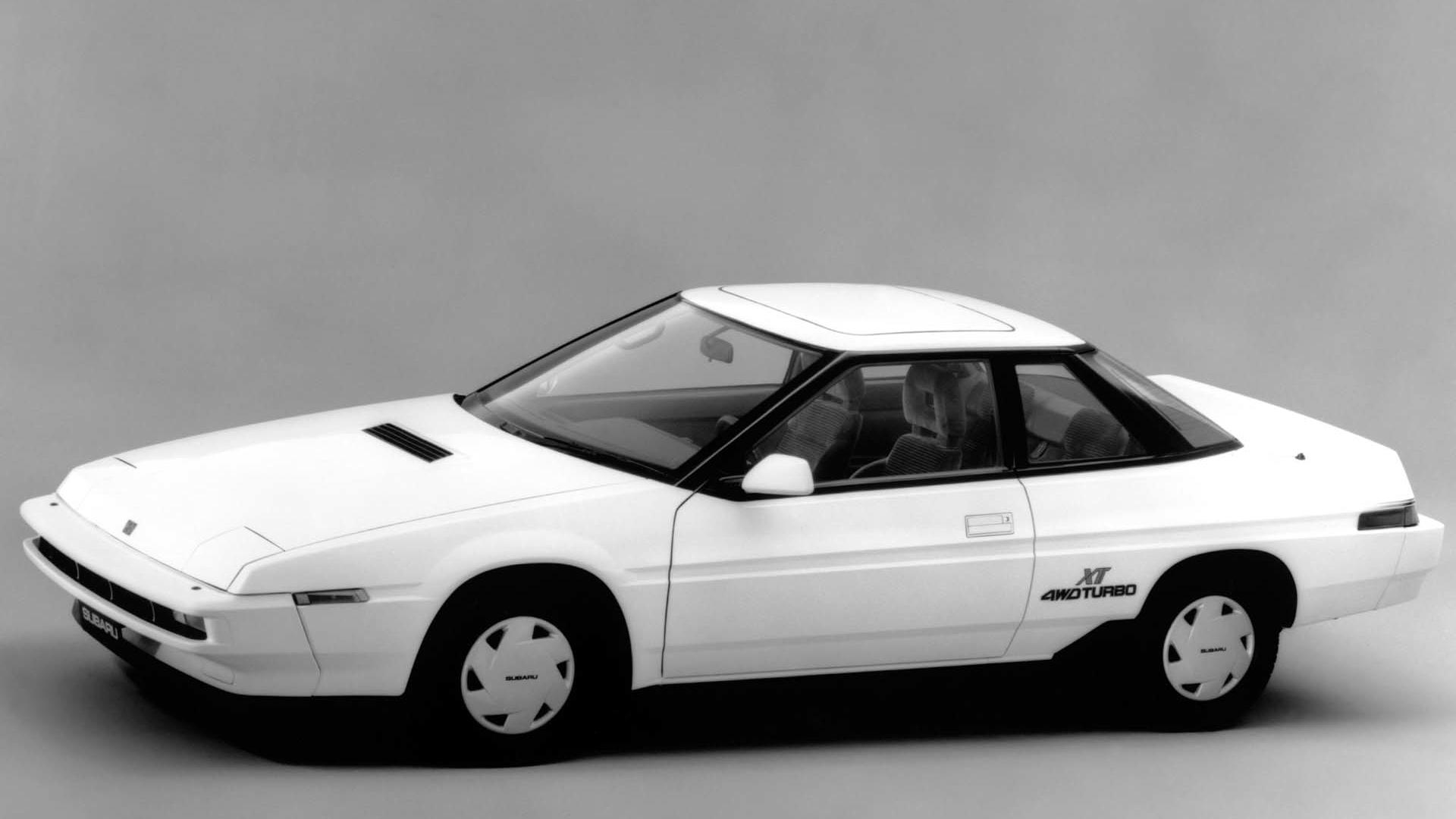
Perhaps more recognizable to the casual observer is the Subaru XT, a coupe so wedgy you could use it as a giant doorstop. The XT came with a turbocharged flat-four, but it also introduced something new for Subaru: a 145 hp, 2.7L flat-six engine. Dubbed the XT6 model, this premium coupe would pave the way for the SVX of the late 1990s, one of the oddest and most interesting cars Subaru ever made.
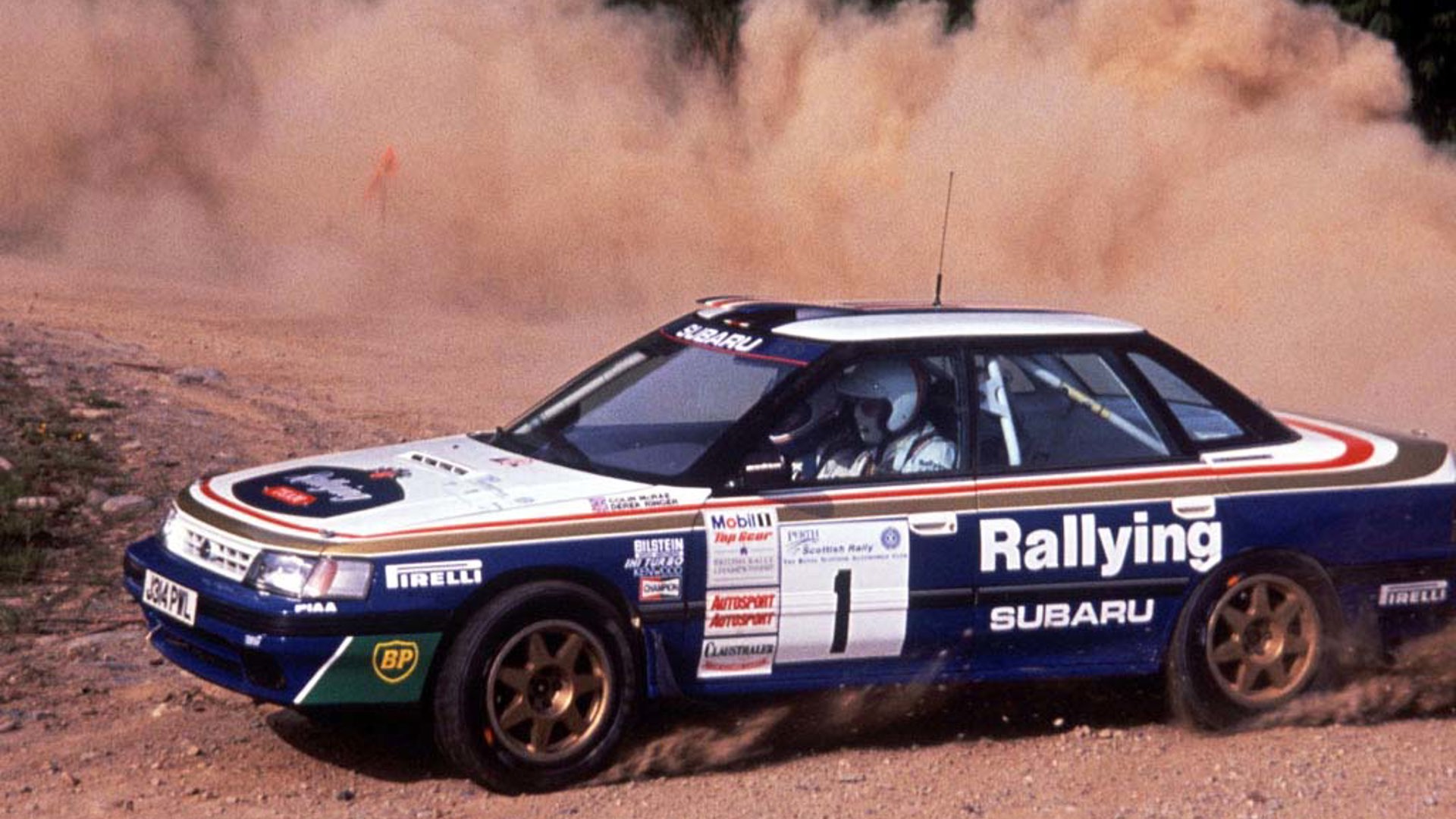
However, as we move into the early 1990s, it's not coupes that will mark the way forward for Subaru fans, but the 2.2L turbocharged engine in the Legacy turbo. While the WRX was making waves across the Pacific, it would be a long time before it made its way over here: the Legacy would be the hottest boxer-engined Subaru most of us could get.
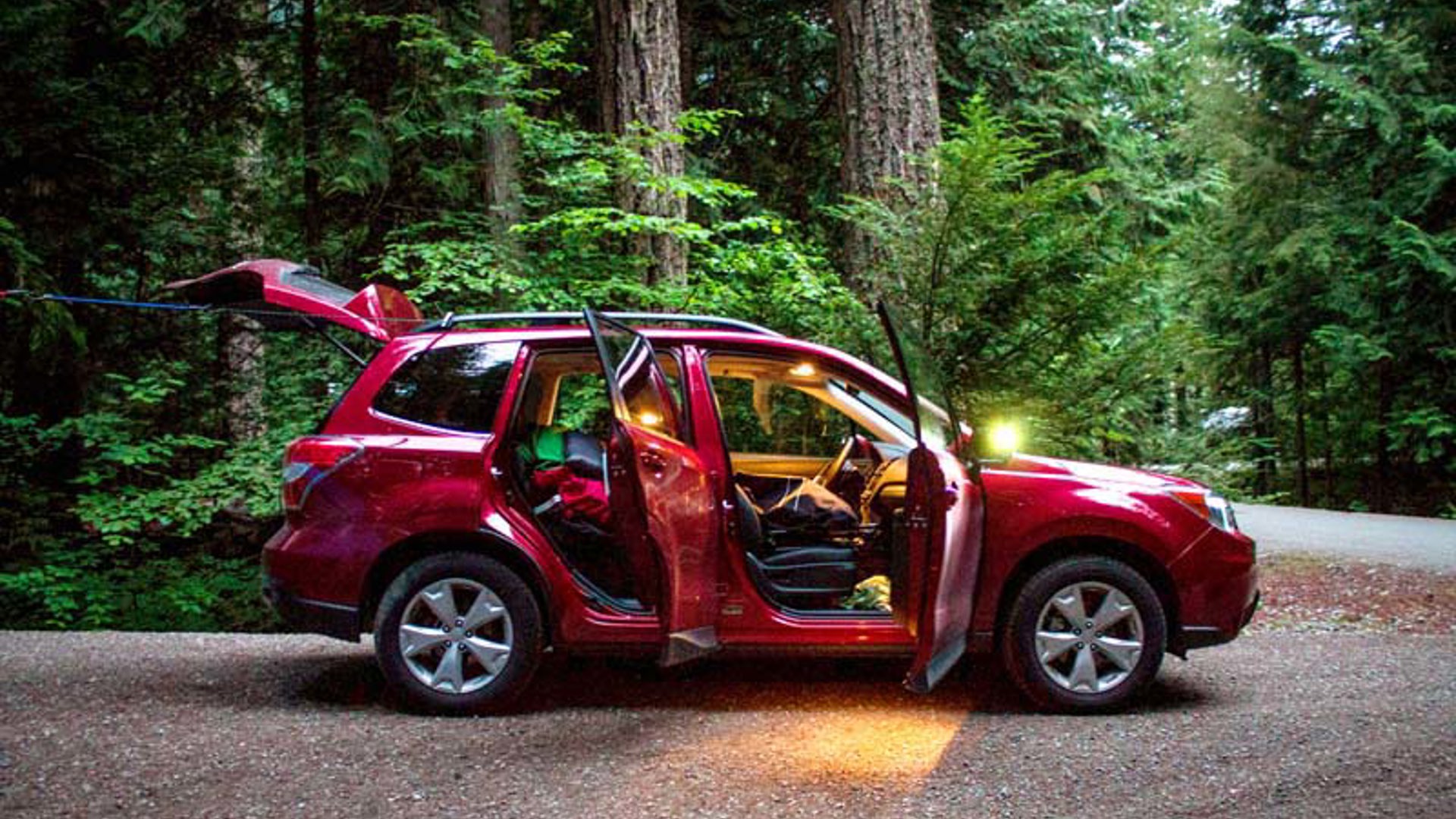
Before we start the forced-induction heavy breathing, it's worth noting the arrival of the Forester in 1998 and its 2.5L naturally aspirated boxer. With 170 hp on tap, this engine would power Subaru through a resurgence in the market. Equipped with relatively short gearing, the Forester's flat-four felt grunty and capable of clambering around through the mud. The all-wheel drive handled anything you could throw at it, while the boxer pummelled away happily with punchy, offbeat character.
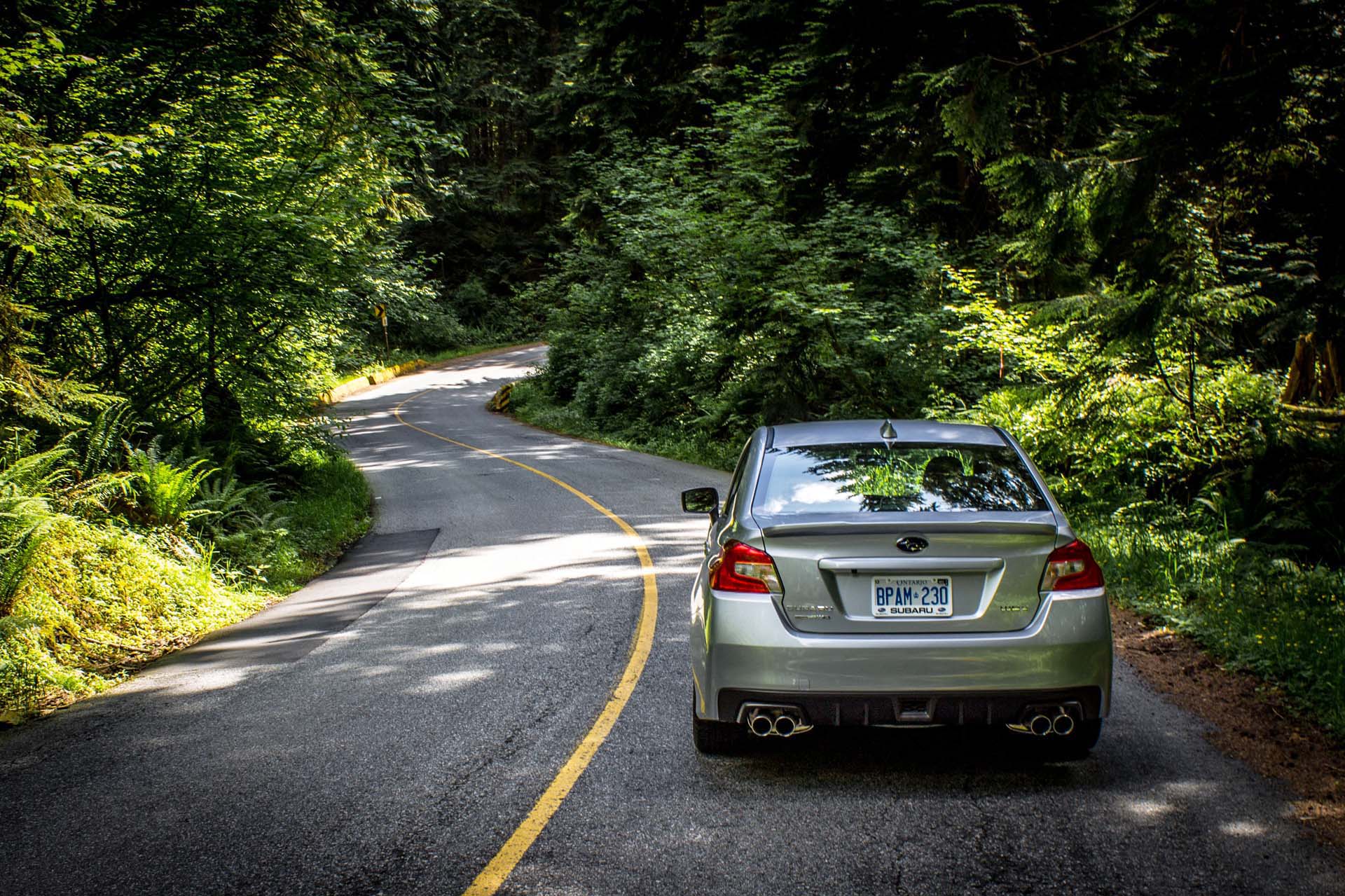
In 2002, we finally got the WRX with a 2.0L turbocharged engine good for 227 hp, and in 2004, the North American–spec STI arrived sporting a 300 hp, 2.5L monster. This engine hasn't really evolved much over the years, and the current STI boasts a very similar, much tweaked powerplant.
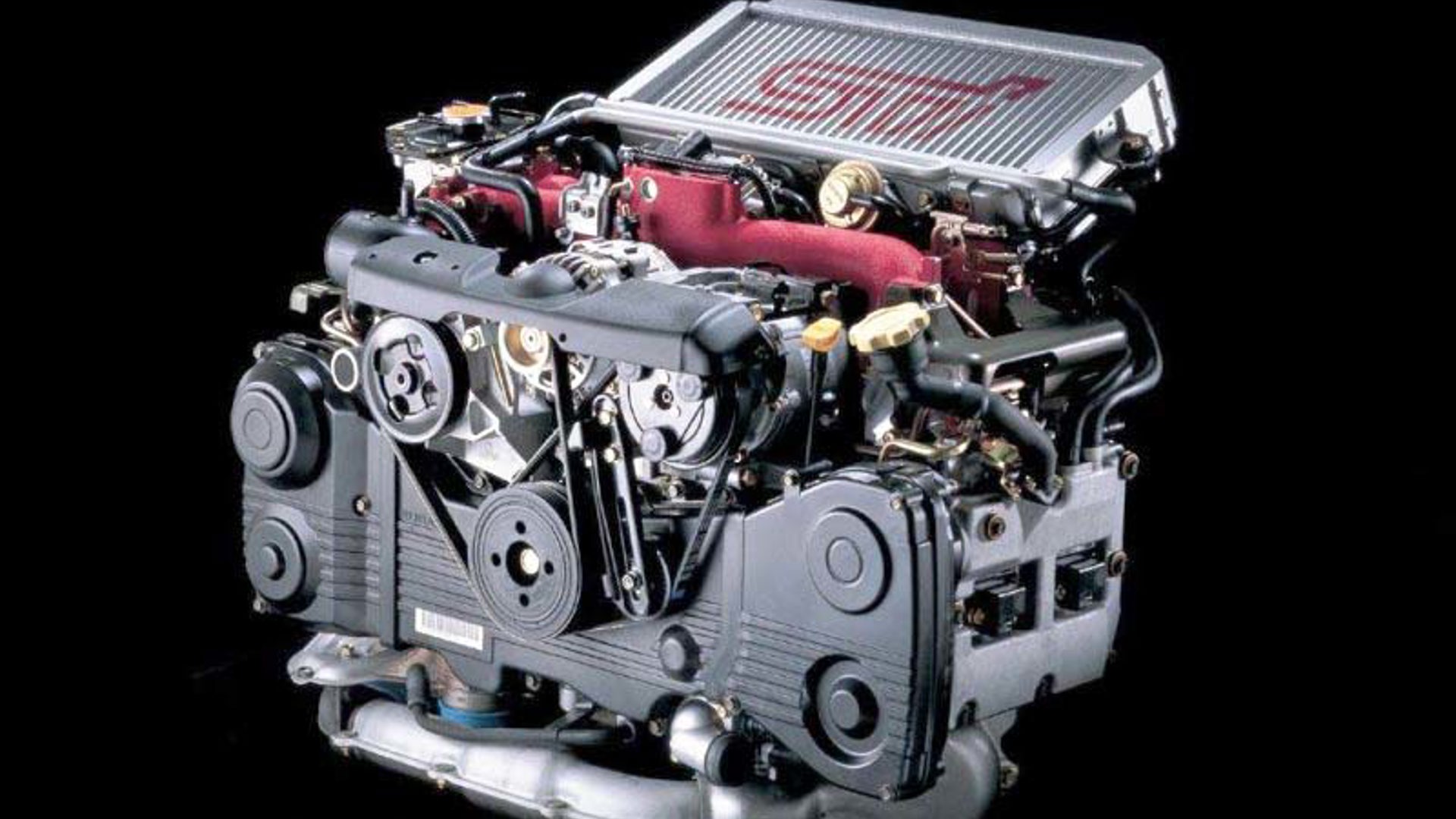
Both the WRX and the STI have a little more characterful exhaust note than your standard Subie boxer, thanks to the unequal-length headers. A packaging consideration for the turbocharger, they give the cars that unique wub-wub sound at idle.
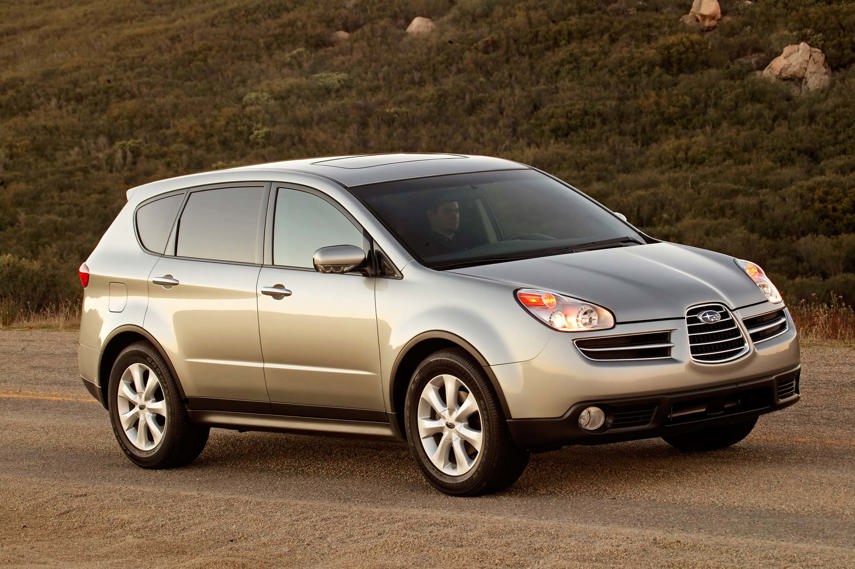
Powerful though they were, the turbocharged 2.5L engine was a bit rough around the edges. For their more premium-feeling machines, Subaru preferred a development of the SVX's flat-six. Regrettably, they placed it in the Tribeca, which was a bit of a ho-hum SUV.
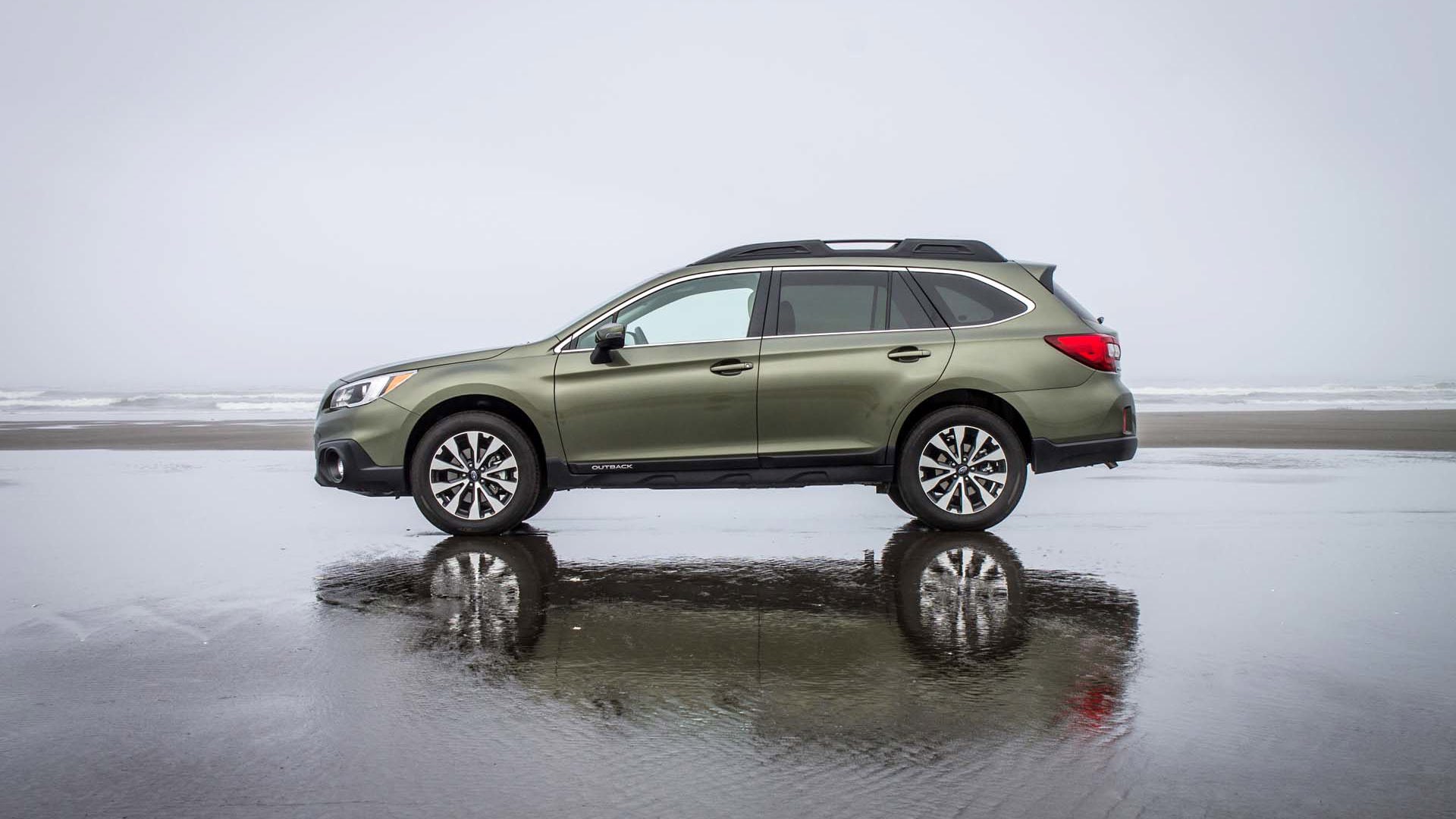
Much better was the engine's application in the Outback, turning a rugged outdoorsy wagon into something a bit nice, like a well-equipped log cabin. The Outback 3.6R rides and drives as smoothly as any Lexus, but you get the sense it's only happy when it's really dirty.
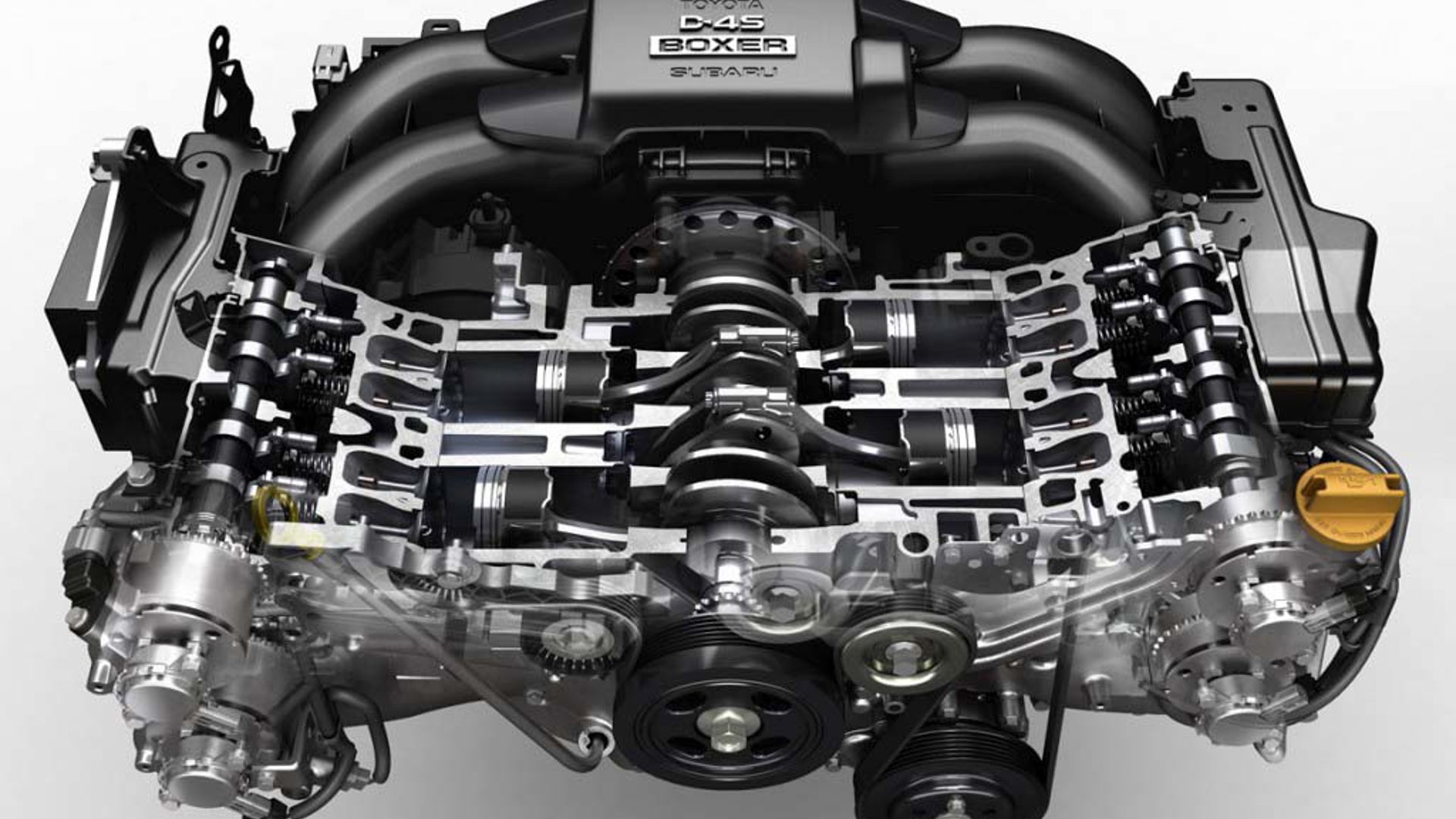
At the same time, Subaru's naturally aspirated engines got a shot in the arm thanks to a collaboration with Toyota. While the BRZ (and its twin, the Scion FR-S) are both Subarus in chassis and engine, the motor gets its power from an application of Toyota's direct-injection system. Thus, there's 200 hp from just 2.0L, which sounds impressive enough.
However, the BRZ needs a bit of coaxing to get the most out of it, and the engine lacks a bit of character. Much better is the new WRX's 2.0L direct-injected and turbocharged engine, which makes far more torque than older Subaru forced-induction engines, yet returns better fuel economy.
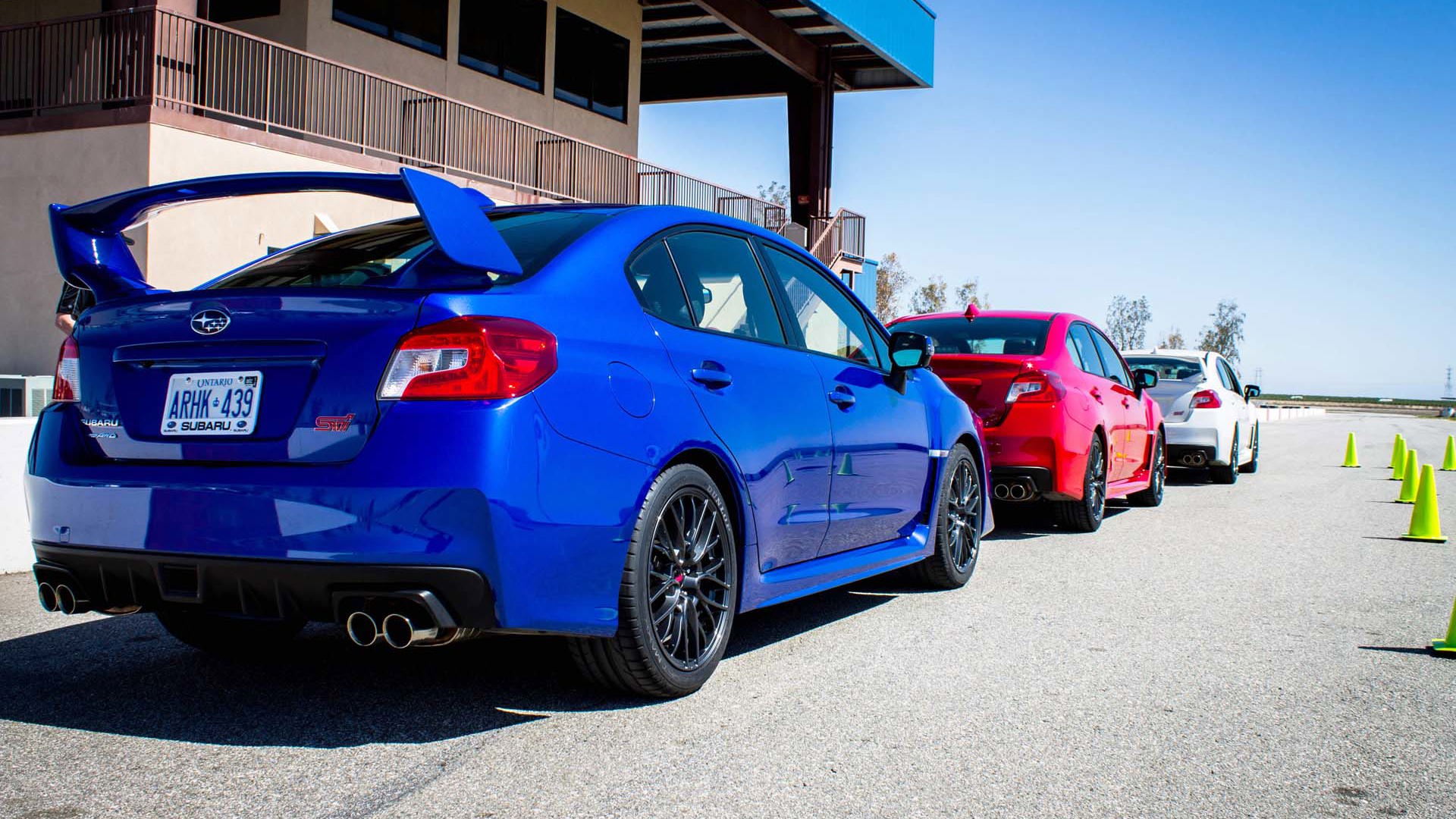
It's great, and is spurring the WRX on to record-breaking sales results. The only real sad thing about this latest-and-greatest evolution of the boxer engine is that it ultimately spells the death knell for the flat-six. If BMW and Mercedes both offer four-cylinder turbos, you can bet small Subaru is going to focus their efforts on the flat-four.
But then again, that's where this company started. The boxer may have had some issues with head gaskets in the past. It may be a royal pain to change out the spark plugs. It may have a few oiling quirks, and be a bit of a bear to work on. However, in a sea of inline-fours, it's something a bit different. Happy fiftieth birthday, Subaru boxer: here's a stack of pancakes with a candle in it.
